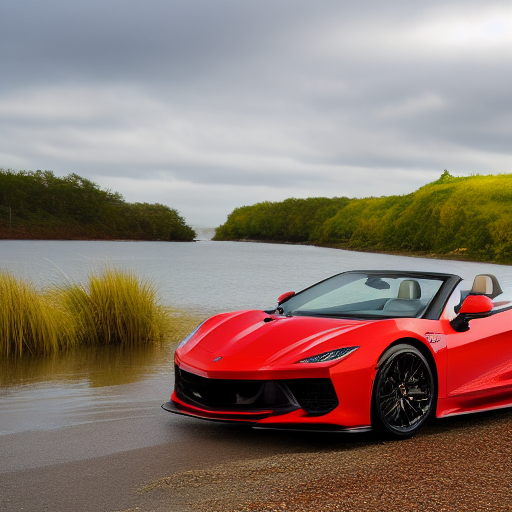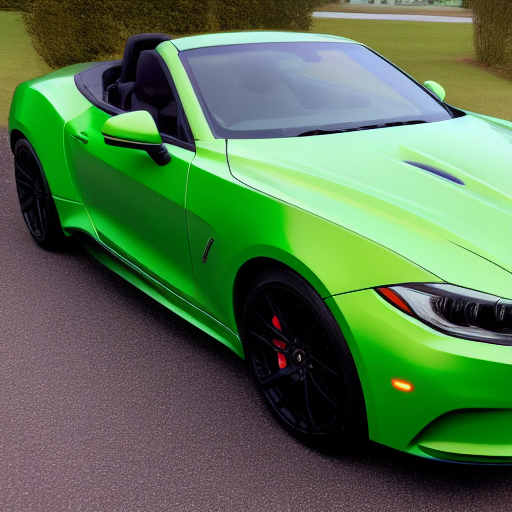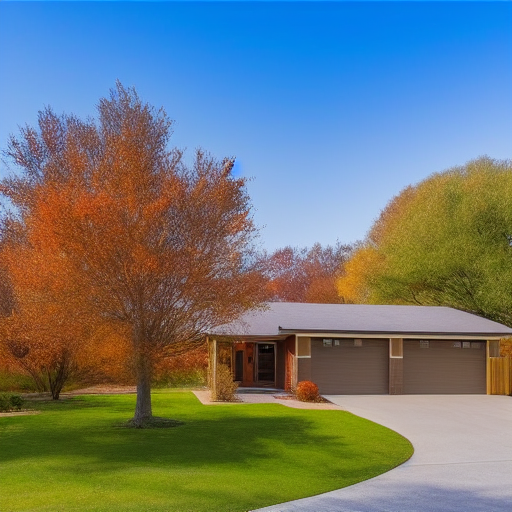WordPress is a powerful content management system that’s used by millions of people to host their websites. But for a beginner, the platform can seem a bit overwhelming. That’s why we’ve created this step-by-step guide to help you get started with WordPress, no matter your level of experience. You’ll learn everything from choosing a domain to customizing your site and beyond. Let’s get started!
Introduction to WordPress
You can get started with WordPress right away by creating an account and downloading the software onto your computer. Once you have installed WordPress, you’ll be able to access the easy-to-use dashboard where you can customize the look and feel of your website, add content, manage comments, and much more Besides the basicwordpress tutorial, there are many helpful resources available online to help guide you through the process of creating your website. By downloading and installing the WordPress software, you can get started immediately by customizing your website, adding content, managing comments, and much more. With a few simple steps, you can turn your ideas into a fully functioning WordPress website that is ready to be shared with the world.
WordPress is a popular content management system that enables you to create dynamic websites with ease. It’s free and open-source, making it the perfect choice for anyone looking to create a website quickly and affordably. There are many tutorials available online for those who are new to WordPress and are looking for a basic WordPress tutorial. These tutorials provide an introduction to the fundamentals of WordPress such as how to set up a theme, how to install plugins, and how to create content. With a basic understanding of the platform, users can confidently make changes to their website and grow their online presence.
Installing WordPress
You will need hosting and a domain name before you can install WordPress, so make sure you have those ready before getting started. With that in mind, the first step of a basic WordPress tutorial is to install WordPress. This requires logging in to your hosting account and either installing it via software such as Softaculous or using manual installation. Once the installation is complete you will need to log in to the WordPress dashboard and familiarize yourself with the various menus and settings available. From there, you can start customizing your website by creating content, selecting themes and plugins, and adding other features. With just a few easy steps, you can quickly learn how to use WordPress and create a fully functioning website.
Once your hosting and domain name are set up, you can go ahead and install WordPress quickly and easily using an auto-installer or manual installation depending on your needs Furthermore, setting up WordPress is a straightforward process. With the help of a basic WordPress tutorial, you should have no problem getting your hosting and domain name set up and WordPress installed. Whether you use an auto-installer or manual installation will depend on the specifics of your needs, but the end result is the same: you are now ready to start creating content and customizing your website.
Installing WordPress is the first step to creating your own website. It’s simple and can be done in just a few clicks. Depending on where you want to host your website, the installation process may be different. First, you need to sign up for web hosting on a service like GoDaddy or Bluehost. They will have instructions on how to install WordPress and get your site going. Once WordPress is installed, you can begin customizing it with themes, plugins and widgets. You can also create unique content and learn how to optimize it for search engines with a basic WordPress tutorial. With the right knowledge, you’ll be ready to start your own website in no time!
Creating a Blog Post
Creating a blog post in WordPress is a straightforward process that can be broken down into a few simple steps. First, you’ll need to log into your WordPress dashboard and click the u201cPostsu201d tab on the left-hand side of the page. From there, you’ll see a u201cNew Postu201d button that you can use to start drafting your blog post. In the content editor, you can add text, images, and other multimedia elements that enhance your post. Once you are finished making edits, simply click the u201cPublishu201d button to make your post live on your blog. Following these easy steps will have you creating basic WordPress posts in no time !
From there, click u201cAdd Newu201d to generate a new post page with several fields for you to fill in: give your post a title, add content to the main body field, select any featured images you want, assign categories and tags, and configure your post’s settings. Once you’re done entering all the information, click u201cPublishu201d to make your blog post live! Similarly, it takes only a few clicks to create a new WordPress post. Once you click u201cAdd Newu201d you will have several fields that need to be filled in from giving your post a title, entering content into the body field, selecting featured images, assigning categories and tags to configuring the post’s settings. After completing these steps, all you have left to do is click u201cPublishu201d and your blog post is live!
Setting up Pages
To set up a Page in WordPress, go to the Pages section of the dashboard and click on Add New. From here, you can create a title for your page, as well as add content to the body field u2013 either from scratch or by selecting from one of the provided blocks. You can also use the right-side panel to adjust settings such as the page’s visibility and parent page, as well as adding a featured image. The options available to you will depend on your WordPress theme. Once you’ve added content, you can preview what your page looks like before publishing it. To complete the basic WordPress tutorial, simply click the Publish button located at the top-right of the page and your new page will be live!
Once you’re finished setting up your Page, make sure to hit Publish so that it goes live on your website! You can always come back and edit your Page at any time if you need to update any information down the line Similarly, make sure to hit Publish once you have finished setting up your Page in WordPress. This will make it live on your website and available for visitors to view. You can always come back and edit the page at any point if you want to make changes or updates in the future.
Before getting started with creating content, it’s important to set up your Pages in WordPress. Pages are static webpages on your website that contain information that doesn’t usually change, such as an About Us page or Contact page. Setting up Pages is simple, and is just one step in getting started with your WordPress website. First, in your WordPress dashboard, locate the u2018Pages’ button and click on it. This will bring you to a page where you can create a new page by clicking u2018Add New’. From here, you can fill out the necessary information for your page such as the title and content. Once you are finished, make sure to preview it to make sure it looks correct. Then click u2018Publish’ once you’re happy with it and your page will now be visible on your website. With this basic wordpress tutorial on setting up pages, you can now get started with the rest of the content on your website!
Customizing the Look of Your Site
Utilizing the WordPress themes library is a great way to customize the look of your site. With hundreds of free and premium options available, you can easily find a theme to fit your style and aesthetic needs. There are some basic steps to follow when you’re ready to begin your WordPress tutorial. First, you need to purchase and install a WordPress hosting plan. Once the installation is complete, you can start exploring the many features of WordPress. You’ll want to start with the theme library, where you’ll be able to browse through the different designs and find one that best suits your needs. From there, you can customize colors, fonts, widgets, and more, to create a unique look for your site. Finally, you can take advantage of plugins to add more features and functionality to your site. With a little bit of research and effort, WordPress tutorials can help you create a beautiful website in no time!
After selecting a theme, it’s important to take advantage of the customization tools available. Tweaking color schemes, fonts, and other details allows you to give your website a unique look that reflects your brand identity Again, learning the basics of WordPress is the first step to creating a beautiful website. After selecting a theme, it’s important to take advantage of the customization tools available. With these tools, you can tweak color schemes, fonts, and other details so that your website reflects your brand identity and stands out from the competition. This WordPress tutorial can help you create an amazing website by providing all the information you need to know.
Tips for Using WordPress Effectively
A great tip for using WordPress effectively is to ensure that your content is optimized for search engine optimization (SEO). This means making sure that your content is well-crafted, has the right keywords, and uses SEO plugins such as Yoast SEO to boost your rankings. One of the best ways to ensure your WordPress content is SEO-optimized is to use the SEO plug-in Yoast SEO. This plugin helps you optimize your pages for specific keywords and phrases, as well as help you optimize meta descriptions, titles and other metadata. Additionally, Yoast SEO can be used to automatically generate sitemaps that make it easier for search engine crawlers to visit and index your site. In addition to plugins like Yoast SEO, there are many other WordPress tutorials that can help beginners learn how to properly optimize their content for better visibility on search engine result pages (SERPs). From optimizing URLs and titles to applying appropriate formatting for images and videos, these basic WordPress tutorials will help you craft higher-ranking content that your visitors will find more easily.
Another important aspect of using WordPress effectively is having a well-organized website structure. This means utilizing categories, tags, and other organizational tools to make sure that visitors can easily find the content they are looking for on your website In conclusion, using WordPress effectively is key to running a successful website and the best way to do this is to use its organizational tools. This includes categories, tags, and other tools for organization which help visitors easily find the content they are looking for. Having a well-structured website with a basic WordPress tutorial is an important part of having a successful website.
Wrapping up
Congratulations! You now know the basics of getting started with WordPress. It can be intimidating to dive into a new platform, but with the help of this guide, you now have the skills you need to create a beautiful website with WordPress. With time, dedication, and practice, you’ll be able to add more advanced features and tweak your site until it’s exactly what you want. Best of luck!


